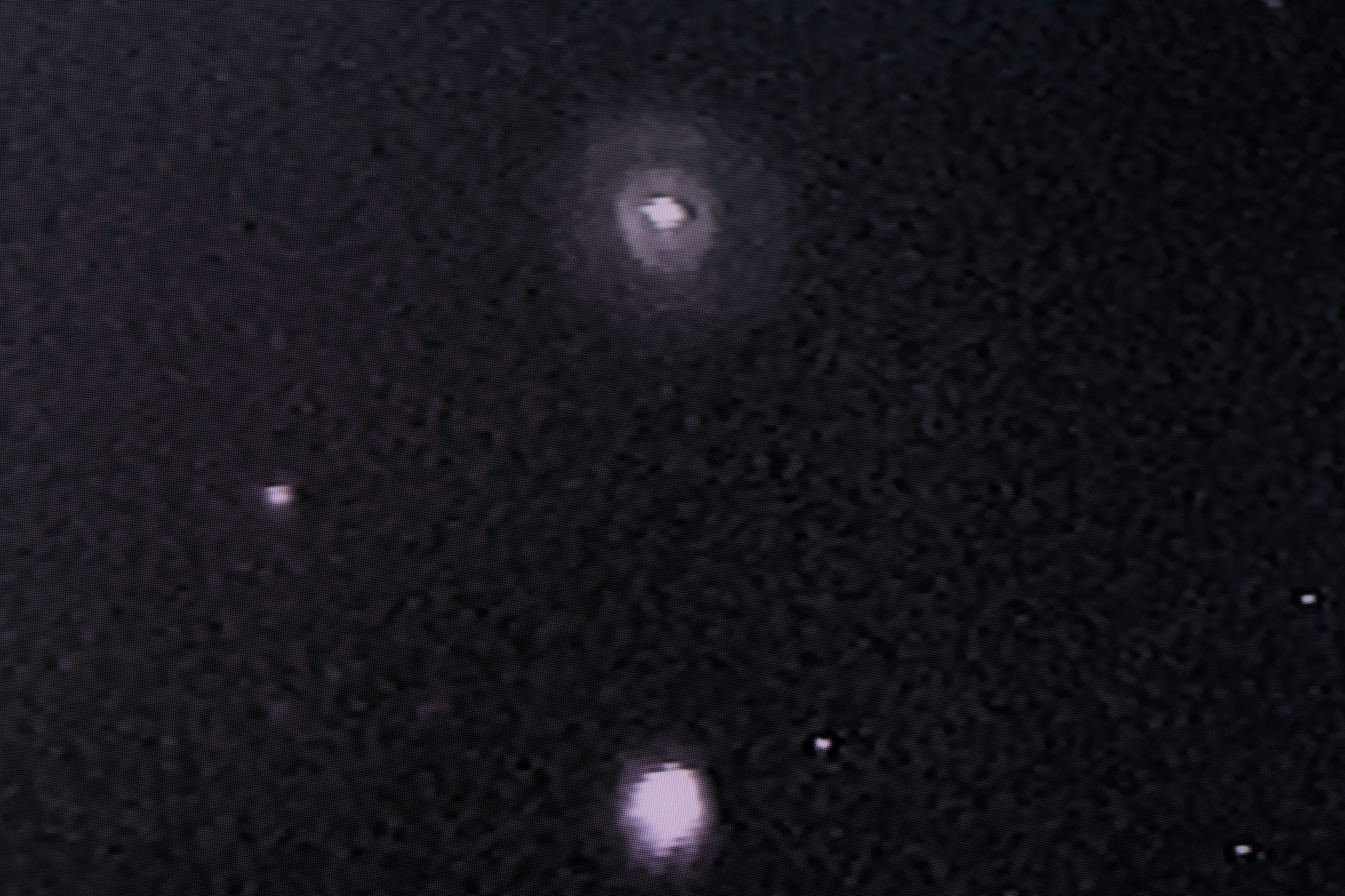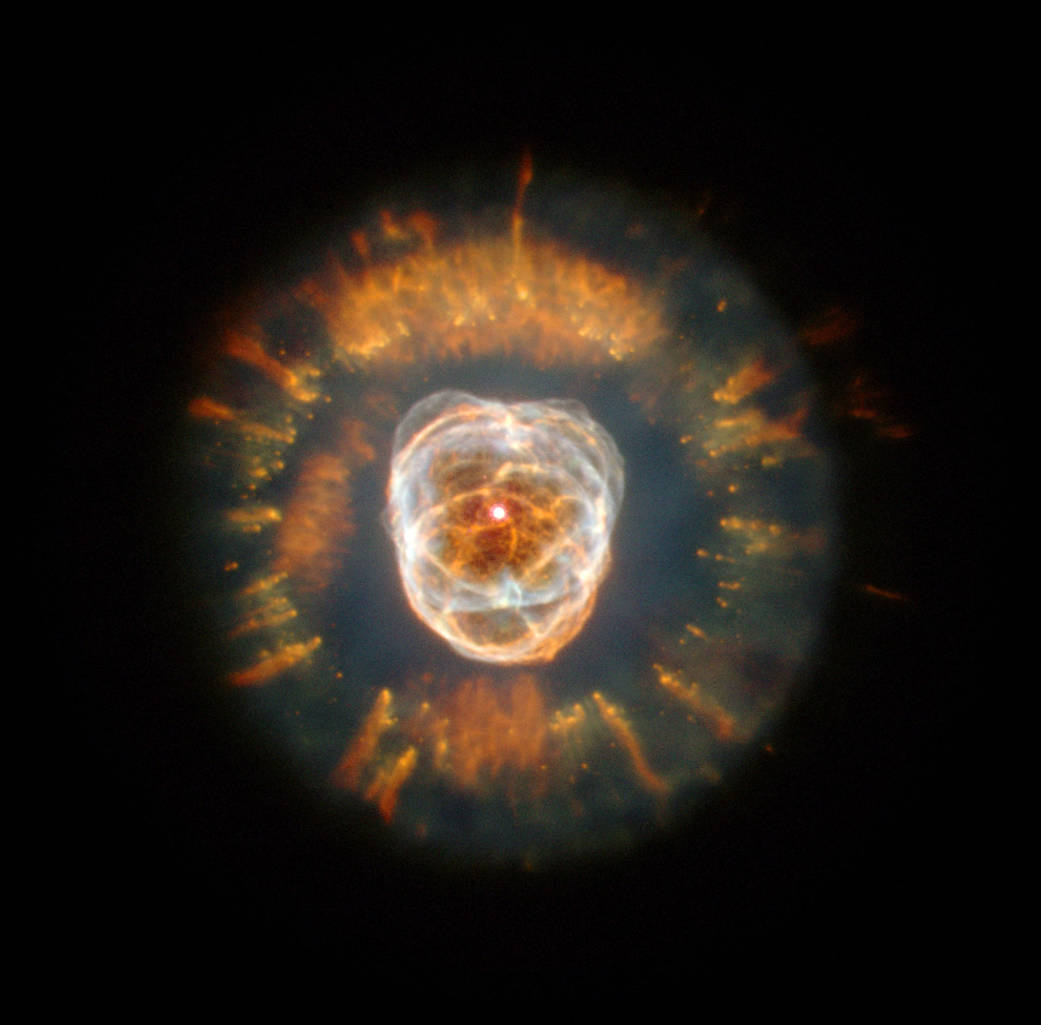Winterized Sky Targets
It’s been a year since the great Westminster twister of February 7, 2020. That’s the EF-1 tornado that carved a path through Carroll County including West Main Street in town.
That storm roared through my Carroll County yard where it toppled over more than five dozen tall screening trees at both ends of the property where the storm crossed the perimeter, both coming and going, while carving its destructive path.
Treetops were found twisted off in at least two locations within a stretch of reforested land between the house and the observatory, apparently where the tail of a small twister may have smashed against the wooded hillside.
Fortunately, the observatory was undamaged. On the other hand, the house sustained superficial damage to its soffit and roofing.
In addition to those trees, a neighbor’s tall pines came down across and blocked the driveway. I was out of town at the time, but that neighbor described how it suddenly turned dark seconds before he saw his trees go down.
The rapidly moving storm next went yonder over the hill toward the northeast to Overbrook Drive where trees fell on top of a house and parked cars on its way into Westminster. It was an omen that 2020 would be no normal year around here.
Speaking of storms, central Maryland just had its second big snow storm of the season and its first for 2021. All the snow has got me thinking about winter themed observing targets beyond our solar system, so let’s look at a few now.
Gemini is a Winter constellation not far from last month’s featured Orion the hunter. You can use Orion’s stars Rigel (a knee) and Betelgeuse (a shoulder) to find Gemini. Just draw an imaginary line from Rigel to Betelgeuse, then extend it in the same direction for twice the distance between those stars. You should be in the vicinity of the stars Pollux and Caster, Gemini’s brightest.
Within Gemini constellation boundary there is a wonderful example of a type of object known as a “planetary nebula” that goes by the nickname of the Eskimo Nebula. Fortunately, the cancel culture hasn’t yet lifted its jaundiced eye upward, the way it has against sports teams. So, unlike the new and flavorless name now acquiesced to by the Washington Football Team, we need not refer to the Eskimo as The Geminorum Planetary Nebula. At least for now the poetry seems to be winning.
The Eskimo, also known as NGC 2392, is typical of planetary nebula formed when a star sheds its outer layers of gas creating concentric bubbles ballooning outward thanks to the stellar wind blowing from the nebula’s central star.

In a reflecting telescope with a 6” mirror it looks distinctly bluish. A nearby star in the same eyepiece field of view appears white by comparison.

The Eskimo Nebula as recorded by the Hubble Space Telescope.
A much larger 20” telescope reveals additional details. The central star becomes a frost-bitten nose. An inner “shell” of gas outlines the face of the Eskimo. A fainter ratty looking concentric outer gas shell seems to form a fur-lined hood wrapping the exposed face. A narrow band filter on the eyepiece increases the fur-like effect. It’s a great planetary nebula for winter.
In another observation of the nebula made using a low light video camera connected to a 12.5” telescope, as well as a little imagination, the Eskimo seems to even have eyes and a mouth!
While on the winter theme have you ever seen the Snowball Nebula (NGC 6781) in the constellation Aquilla? It appeared white in my 6” telescope as well as being very large and round. “Averted vision” helps to bring out its mottled appearance. Averted vision is a technique where you don’t stare directly at the object. You look next to it in the eyepiece so that the rods in the eye that give us our night vision can better detect the target and make it appear brighter as well as easier to see fine detail.
In a 20” telescope the north edge of the Snowball looked “fringy”. A narrow band filter makes the center appear darker and the surrounding glow becomes donut-like.
Unfortunately, the Snowball Nebula is a summer object so you’re more likely to view it in August than in February.
Another snow themed planetary nebula is the Blue Snowball (NGC 7662) in the constellation Andromeda. In my 6” telescope the nebula appeared as blue as a robin egg and “planet-like” — meaning small and circular. Its proximity to the star 13 Andromedae makes it an easy one to locate with a telescope in the nighttime sky of late fall.
One other winter appropriate object that is currently in the evening sky, although a little more than a month beyond its namesake’s season, is the Christmas Tree Cluster (NGC 2264), a star cluster in the constellation of Monoceros the unicorn. Monoceros is the constellation directly east (left side) of Orion. The cluster’s stars form a Christmas tree outlined with bright stars for ornaments. In some telescopes the tree may appear upside-down.
The star cluster has some nebulosity involved. I glimpsed it once with a 12.5” telescope when Carroll County skies were darker and there were fewer “crazy bright” lights spoiling the birthright of its citizens to behold a dark sky. A famous dark nebula called “Cone Nebula” is involved with the star cluster. However, I have never been able to bring it to visibility with any telescope/eyepiece combination.
That’s enough thinking about winter for now. If you want more winter sky information check out the Westminster Astronomical Society’s (WASI’s) new online virtual planetarium programs. Although the planetarium at Bear Branch Nature Center (BBNC) remains closed due to pandemic restrictions, WASI is taking the planetarium to the people. The next online Zoom planetarium program will be on Wednesday, February 24 at 7:30 p.m. For more information check out the WASI web site at westminsterastro.org.
–Curt Roelle
